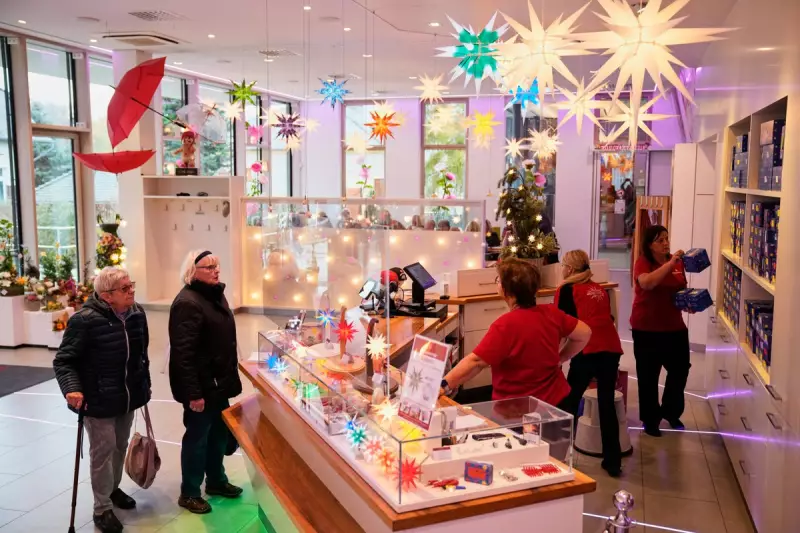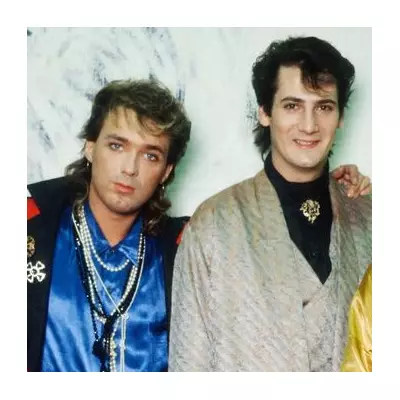
As the dark winter days draw in, a particular celestial glow emanates from windows and steeples across Germany. The famed Moravian stars from the small eastern village of Herrnhut have become an indispensable part of the nation's festive season, their popularity soaring in recent years.
A Beacon of Faith and History
These intricate stars, which come in a myriad of sizes and colours, are far more than simple decorations. Katja Ruppert, managing director of the Herrnhuter Sterne company, explains their profound significance: "It's the symbol of the Star of Bethlehem, which guided the three wise men to the Christ Child in the manger."
The story of the star is deeply intertwined with the history of Herrnhut itself. The village was founded in 1722 by refugees of the Moravian Church, one of the world's oldest Protestant denominations, fleeing persecution in Bohemia and Moravia. They were granted asylum and land by Count Nikolaus von Zinzendorf, with the name Herrnhut translating roughly to "Under the Protection of the Lord."
From Geometry Lesson to Global Symbol
The star's origin is surprisingly academic. For over 180 years, these stars have been handmade in Herrnhut, but their creation began in a local school. A mathematics teacher, aiming to provide a descriptive geometry lesson, tasked his students with constructing a "truncated cuboctahedron with 17 four-corner based points and eight three-corner based points." This initial cardboard creation was later patented in 1925 with a clever design that allowed the points to be dismantled for shipping and reassembled.
The original stars were red and white, symbolising "purity and the blood of Jesus Christ," Ruppert told The Associated Press. Today, the range has expanded dramatically. They are crafted from paper or plastic and appear in monochrome, varicoloured, and even special patterns like "literary stars" made from the pages of old books. For those who wish to enjoy their beauty year-round, there are even stars featuring floral spring motifs.
A Thriving Modern Craft
The appeal of the Moravian star shows no sign of dimming. The company has embraced its popularity by opening a handicrafts workshop in Herrnhut where visitors can create their own stars, alongside a large showroom displaying all the varieties. While white, yellow, and red remain the most popular, the annual special edition—a shiny, purple star this year—has become a sought-after collectible.
"We are now taking part in many Christmas markets. We have gone to trade fairs," Ruppert said, detailing how the star's fame has spread throughout Germany over the past two decades. This demand is met by about 230 employees who produce more than 820,000 stars annually, with over 60,000 people visiting the store and workshop each year, primarily in the pre-Christmas weeks.
Although not yet extensively exported, the star serves as a symbol of faith for other Moravian Church communities worldwide, such as in Bethlehem, Pennsylvania, and Christiansfeld, Denmark, during Advent. For locals like hairdresser Silk Schmidt, who visited in mid-November to make stars as gifts, they are a essential part of the season's warmth. "When it’s so dark outside and not nice anymore, then the stars hang in the window, which is actually really beautiful," she said. "Lights everywhere."





